France's motorways are generally excellent, but that doesn't mean using them is simple. Here's a guide from foreigners who use the motorways a lot.
1. They're not free!
They may be called “freeways” in English but don't be deceived by the name, they're certainly not free of charge in France.
Seasoned autoroute user Maximilian Loherstorfer advises first time users to plan ahead for the many toll booths (péages).
“I drive from Germany to Poitiers (in central western France) pretty often, and it costs me something like €60 plus gas,” he tells The Local.
“To avoid any bad surprises, I'd advise people to visit autoroutes.fr for information on toll prices.”
Indeed, with some roads costing €8 for as little as 20 kilometres (we're looking at you A14) then it's best to know what you're in for.
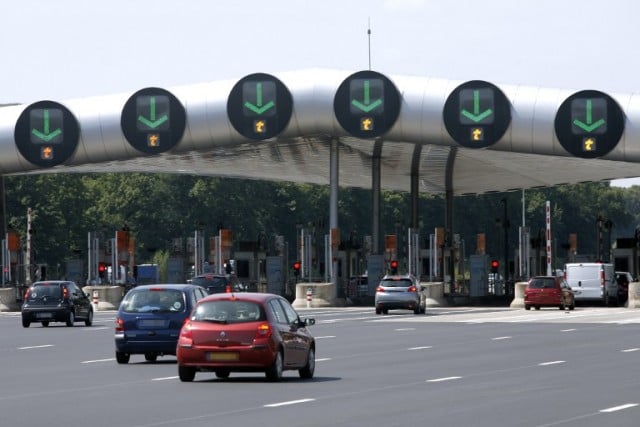
2. Use well known bank cards (or cash) at the tolls
If you have a card from a well-known bank, or indeed cash, you will be fine at the toll booths, although some bank cards can cause problems.
Readers told us of problems with Amex, for example.
And be warned that some foreign banks will charge for transactions, so a long trip can really hit your wallet hard.
“If you pay by UK bank card you will incur a fee for every transaction, so its better to go via the coin booths,” says Julie Down.
Tony Warwick said: “I would extol the virtues of a Sanef Toll Tag.
They are utterly brilliant (and discount the toll charges slightly).
“The biggest advantage is that you don't stop, or take a ticket – hence avoiding the Right Hand drive / Left Hand ticket machine contortions.
“Sanef Tags can be bought and set up in UK, mine has worked without any problems in regular use over last 18 months.”
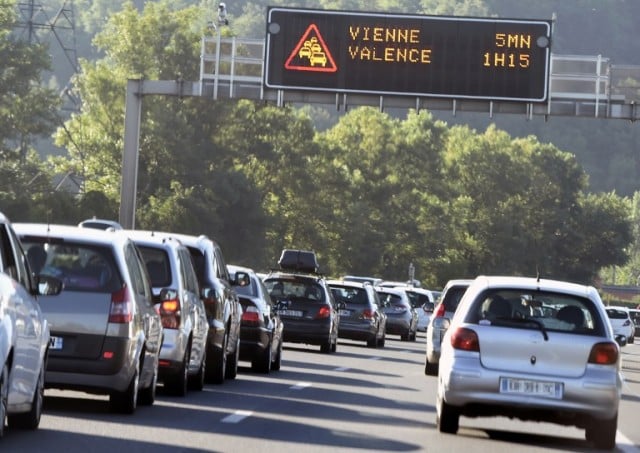
3. Avoid the autoroutes at peak holiday time
“It can be a nightmare, especially around Paris,” says Loherstorfer.
And he's right! When it's holiday season, roads are typically clogged in both directions at most big cities or on motorways towards the coast or the mountains.
It's best to leave VERY early in the morning if you absolutely have to drive, and be sure to check in with traffic website Bison Futé before taking off.
Or you might be stuck in tailbacks like the one pictured below. You've been warned.
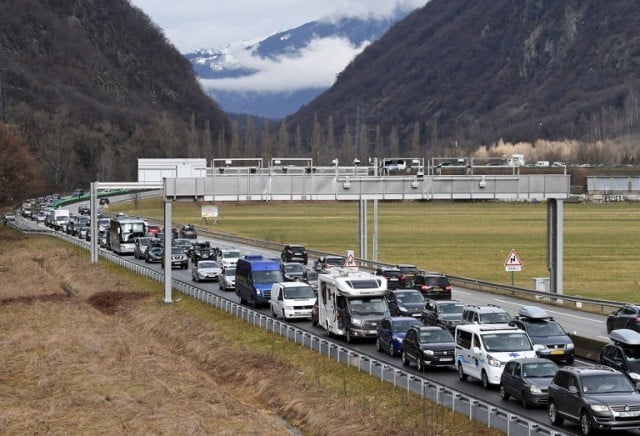
4. Stick to the speed limit
Several readers pointed out that there are lots of speed cameras in use on France's autoroutes, so it's best to keep to the speed limit (it's there for your safety after all).
The upper speed limit is typically 130km/hr (or 110km/hr in wet weather), although many will typically go a little faster. When autoroutes are wide open and empty it's easy to cruise past the speed limit without noticing, so beware.
Slip roads leading off motorways also have strict speed limits that should be observed, for safety if nothing else.
And it's not just the speed cameras that are out to get you, says Tony Wileman.
“Be conscious you can be timed between the tolls and if you've been excessively speeding they'll know this and you could be reported and or fined,” he says.
Speeding motorists are a real problem in France, with “risky behaviour” said to be a key problem in France's 3,500 road death toll in 2015.
In February last year France rolled out 5,000 dummy speed cameras in the hope of tricking motorists into driving more safely.
5. The cars don't always merge at autoroute entry points
Foreign drivers should be aware that it's not always a straight-forward merge to get onto the autoroute in France.
“Joining the motorway is different, they won't just let you on,” says autoroute regular Julie Down.
“In some cases you will have to stop as you would at a give way sign here.”
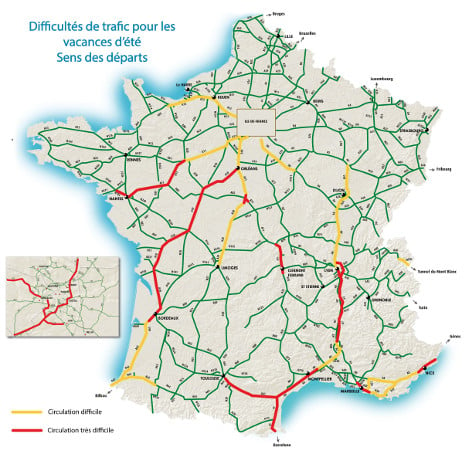
6. Invest in a good Sat-Nav
You'd be surprised just how handy the Sat-Navs are these days, not just for finding the way, but for finding the cheapest way.
“There may be parallel roads that won't cost, so plan your journey accordingly,” says Julie Down.
Indeed, there are loads of pages on the internet about how to drive around France and avoiding the toll booths, like this one.
Photo: SeppVei/WikiCommons
7. Buy your petrol beforehand
Petrol isn't cheap along the autoroutes, so plan in advance.
“It's better to fill up your tank at a supermarket before you leave,” advises Loherstorfer.
Indeed, there are around 4,500 petrol stations around the country, so you have plenty of choice if you're looking to economize.
Here's a link to our story about the best apps for finding fuel in France.
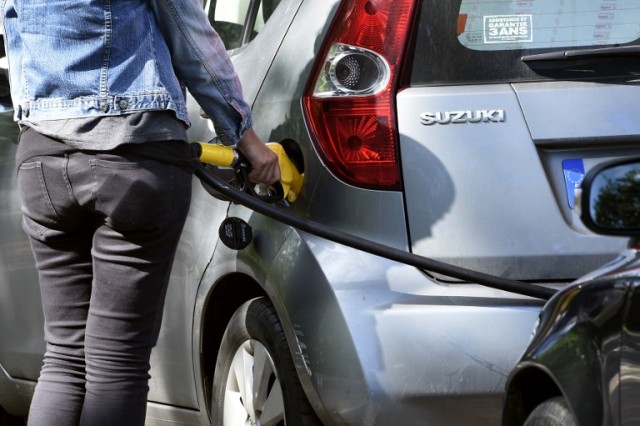
8. Take regular breaks (and you will enjoy them)
There's typically a high standard of service stations at the rest breaks across France (aires d'autoroute), which can be found every 15 kilometres or so.
They often include clean bathrooms, plenty of shops, restaurants, and even playgrounds for the kids.
“I always enjoy driving on the French freeway knowing that I'll be able to find some good food, a decent spot for changing the baby's nappy, or just relaxing,” says regular motorway user Maximilian Loherstorfer.
Just remember that these rest stops can get very busy in peak times, so plan accordingly.
In France it's recommended that motorists take a 15 minute break every 2 hours.
9. Beware of tailgating and other bad driving habits
The French are not known for being the most easygoing drivers, especially on motorways.
When The Local asked readers to point out the most annoying habits of French drivers, tailgating (or driving up your rear) was the clear number one. You can expect to be flashed at (with car lights) and beeped until you move lane.
Mike Walker on Twitter said that France's tailgaters “infuriate” him. He says that “you can sometimes see a line of cars that almost appear to be conjoined”.
And be careful because tailgaters can appear within a split second and take you by surprise.
Best thing to do of course is gently move over.
Beware of undertakers too. Not the folk who drive hearses, but the ones who overtake from the inside. Then there are the drivers swerving in and of lanes or off the autoroute at the last minute. Beware of them too. In fact just be aware.
And in traffic jams keep an eye in your mirrors for motorbikers and scooter drivers weaving their way through the standstill.
Drive safely!
10. You can't cycle on them
Although it may be tempting, given that they are often quite and offer the quickest route to get between cities, do not venture onto an autoroute with a bike.
It is against the law, as one Russian cyclist found out when she was fined €22 when French police finally caught up with her as she tried to pay at a motorway toll station.
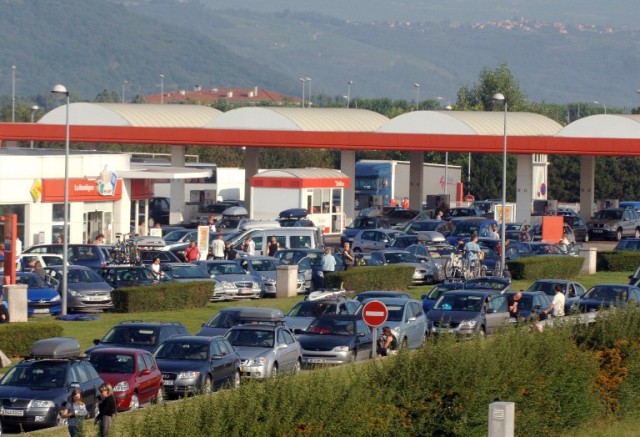

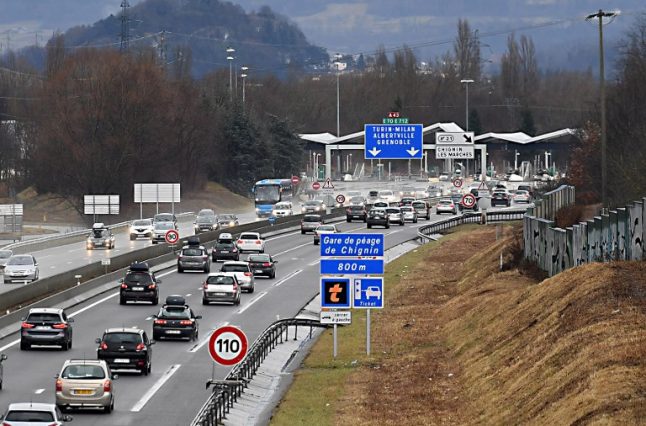


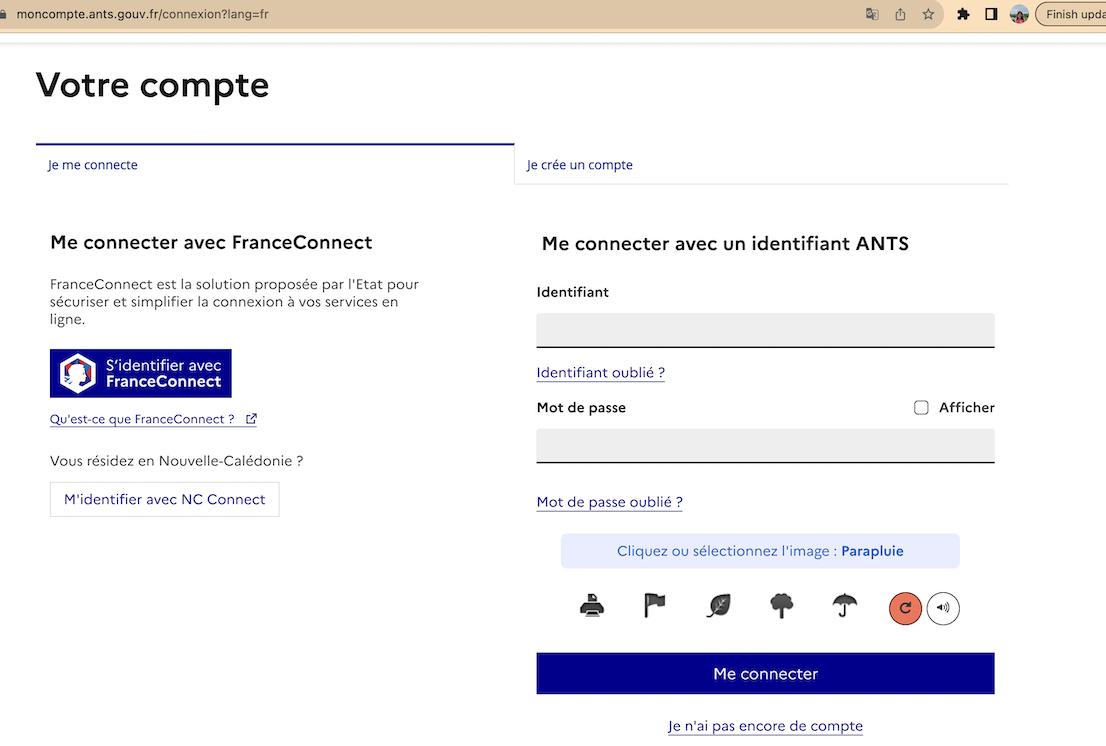
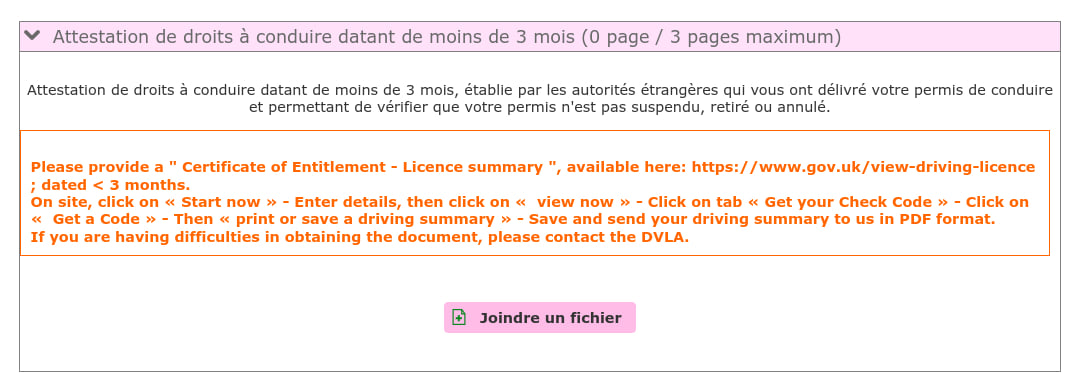
 Please whitelist us to continue reading.
Please whitelist us to continue reading.
Freeway in not English, its American. In UK we use motorway
Yes, « freeway » is indeed American, not British.